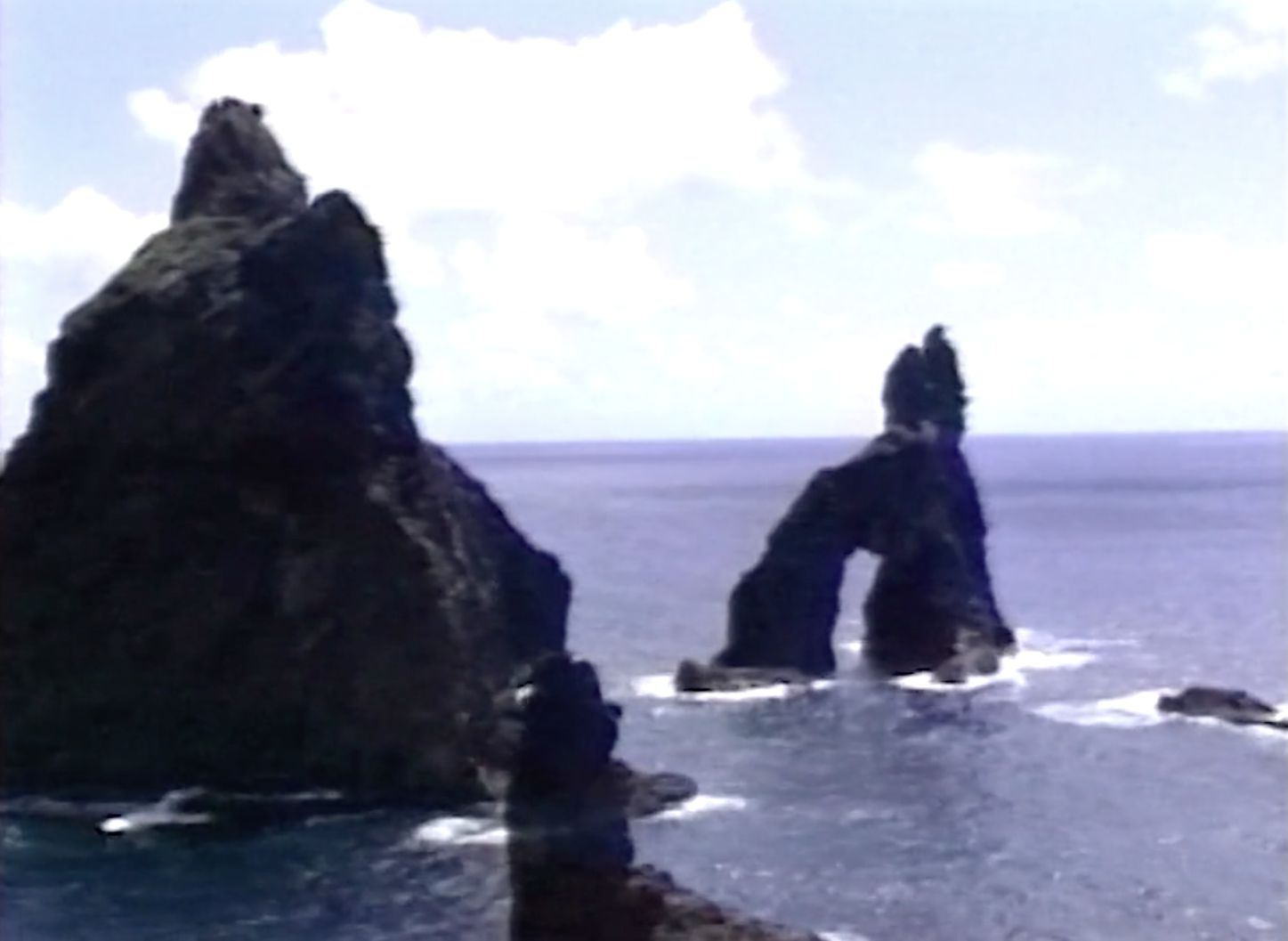
Lieweila: A Micronesian Story
The story of a family, an indigenous culture, and history in the western Pacific.
Lieweila is the first-person account of the history and culture of a small group of Pacific Islanders. Cinta Matagolai Kaipat of Saipan narrates how, in the 1800s, guided by their knowledge of the stars and the ocean swells, her ancestors left their typhoon- and earthquake-devastated atolls in the Caroline Islands. When they arrived in outrigger canoes in the Mariana Islands to the north, they found themselves at the mercy of Spanish colonists. Later, they lived under German and Japanese rule. In 1986, along with the Chamorro people, the Refaluwasch became naturalized U.S. citizens. Today they struggle with development, an influx of foreign workers, and the erosion of their language and culture.
In Lieweila, the Refaluwasch come together to tell their story for the first time, through traditional navigation, dancing, singing, weaving, and storytelling practices dating long before outsiders arrived from beyond the horizon.
“Fantastic photography and wonderful archival footage.”
Jeff Marck, Research School of Pacific and Asian Studies, Australian National University
“My students are studying Pacific History and oral traditions. Seeing this film has broadened their horizons and expanded their knowledge.”
Anare Tuitoga, University of the South Pacific, Marshall Islands
“Lieweila will touch the hearts of the different ethnic groups and get them to start focusing on preserving their own cultures.”
Ginger Underwood, Director of KGTF-TV, Guam Public Television
“This is a beautiful film about a people who, after many generations, are still telling the story and memorializing the event of their migration from the Central Carolines to the Northern Marianas, a story they keep alive in the name they call themselves, “Refaluwasch,” or “people of the homeland.” As Peace Corps Volunteers headed for the Marianas in 1966, my wife and I had learned to speak Chamorro, the dominant language, but upon our arrival, we were sent to the “Carolinian” community on Agrigan Island in the remote chain of islands north of Saipan. One of the reasons they lived on these remote islands was so they could keep their language and customs intact. I was always impressed with the pride they took in speaking their own language and constructing their “utt” or meeting house, building their outrigger canoes, and performing their dances. These were more than simple occurrences; even then, they were a source of identity. Watching this film brought all this back to me and I was deeply moved. As I heard bits of the language after 30 years I could feel my heart pound. I wanted to hear more! The film tells the history of Refaluwasch beginning with details (I had not known) of the early migrations and ending with the current situation in which the people from the northern islands now live on a Saipan that has become a mecca for tourism, cheap Asian labor, and land developers. The film has broad educational value, especially in the context of learning about the struggle of Pacific Island people to hold on to their traditions in the face of wave after wave of economic and cultural colonization.”
Anare Tuitoga, University of the South Pacific, Marshall Islands
“A talented poet peered through the lens, and the images adeptly convey succinct and precise visual metaphors: the black and white photo of a young Refaluwasch wearing traditional garb while drinking from a can of Fanta, which he holds with both hands…. Dr. Strong, to paraphrase French filmmaker Robert Bresson, aimed for necessary images and not just beautiful ones.”
Rizaldy Dandan, Marianas Variety and News
“This is a lovely film, one of the best I have seen concerning Micronesia.”
Karen Peacock,
Archivist, Pacific Collection,
University of Hawai’i at Manoa
“Lieweila is poignantly told, generating empathy in the viewer. The documentation of historical change through the use of photographs and vintage film footage is particularly effective. I intend to use this film in my course in visual anthropology and would recommend it for courses on Oceania as well.”
Alan Howard, Professor of Anthropology, University of Hawai'i







